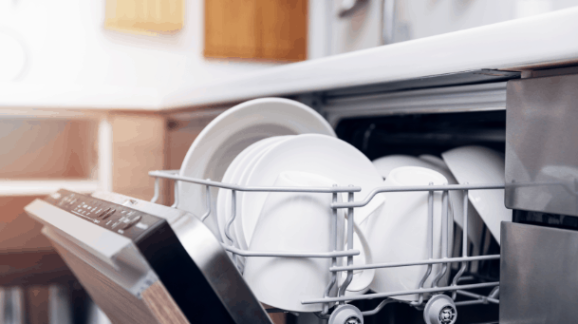The Inefficiency of Efficiency: Appliance Standards Often Cost More Than They Save
It is hard to find anything in Washington more inefficient than an efficiency standard for home appliances. Each standard can require more than 30 bureaucratic steps and generate thousands of pages of documents over several years, yet the end result often leaves consumers worse off. That was before the Obama administration’s Department of Energy decided to make the program even more troublesome for consumers by repurposing it into a global warming policy tool. Thankfully, the Trump administration is trying to inject some rationality into the appliance standards process, and these efforts should be welcomed.
In 1987, DOE began regulating the energy use of air conditioners, refrigerators, washer/dryers, ovens, water heaters, and just about everything else that plugs in or fires up around the house. Ever since, the agency has periodically revisited and tightened these standards, as many as four times for some products.
The goal is to reduce energy bills, but even DOE admits that for some consumers, these standards raise the up-front price of appliances more than what will be earned back in the form of energy savings. This was particularly true of air conditioner standards but also refrigerators and several others. Low-income and senior households are most likely to experience net costs, according to the agency.
Beyond costs, the regulatory overkill also hurts product performance. You can thank DOE standards for your new dishwasher that takes hours to finish a load and thank them again the next time you have to clean and disinfect your high-efficiency clothes washer to get the stink out. Apparently, efficiency with regard to people’s time is not something the agency experts value.
Then, the Obama administration decided to draft America’s appliances into the climate wars. Reducing the greenhouse gas emissions attributable to appliance energy use became the rationale to further ratchet up already-stringent standards. The Obama DOE did so explicitly by including the so-called social cost of carbon in its analysis, but also implicitly by putting a finger on the scale supporting more aggressive standards. In eight years, the Obama DOE set 44 appliance standards, a record for any administration. At every step, they were urged on by a surprisingly large number of activists and consultants who make their living off this issue.
But elections have consequences, and the Trump administration holds very different views both on global warming and on whether bureaucrats in Washington should be dictating to consumers their choices in home appliances. The Trump DOE has greatly slowed the pace of new regulations and offered some modest changes to the way they are set, such as forbidding new standards if the consumer benefits are insignificant.
These Trump DOE reforms have recently been targeted by the new Democratic majority in the House of Representatives. The title of Thursday’s Energy subcommittee hearing says it all, “ Wasted Energy: DOE’s Inaction on Efficiency Standards and Its Impact on Consumers and the Climate.”
Even without federal regulations, consumers are free to choose ultra-efficient products if that is what they want, and federally mandated energy use labels provide them with all the information they need. But standards proponents don’t like giving consumers choices, as is evidenced by their attacks on the Trump DOE’s proposal to reverse an Obama-era decision and allow continued-but-limited sales of incandescent light bulbs alongside the costlier but more efficient alternatives.
Granted, these annoying and intrusive federal appliance regulations aren’t why Trump was elected, but they are precisely the kind of thing that, in aggregate, helped put him in the White House. The Trump DOE is doing the right thing for the public by starting to drain this piece of the swamp.
Originally published at the Washington Examiner.
